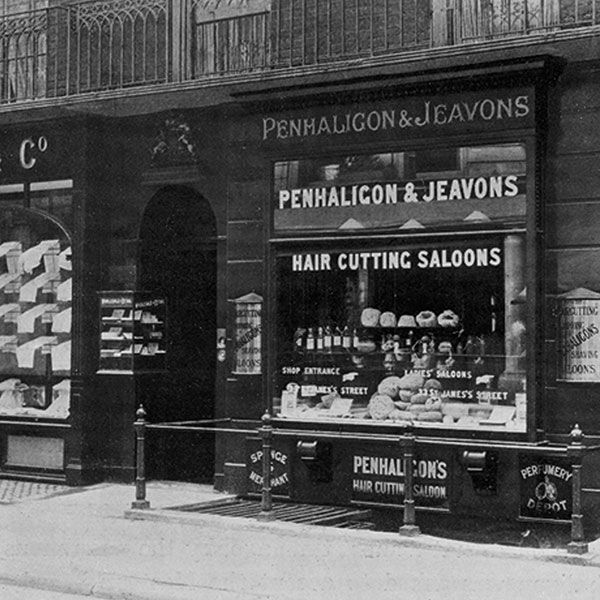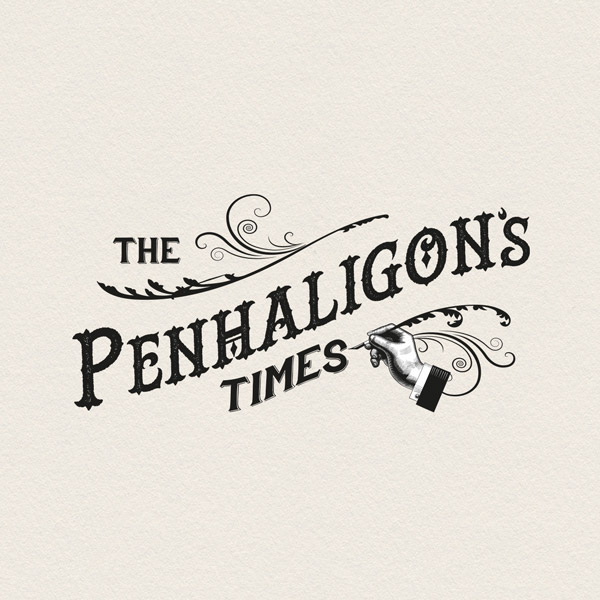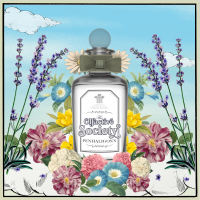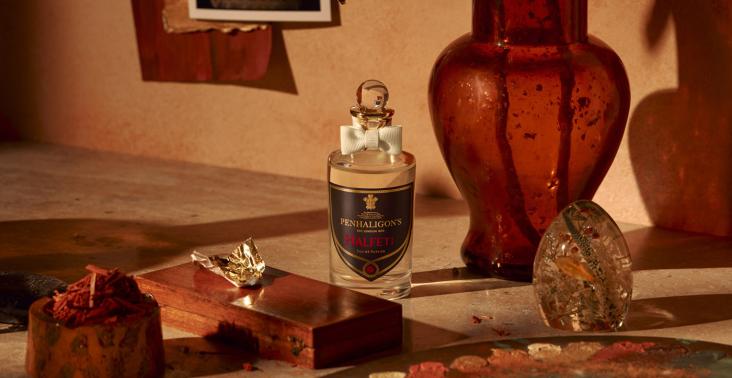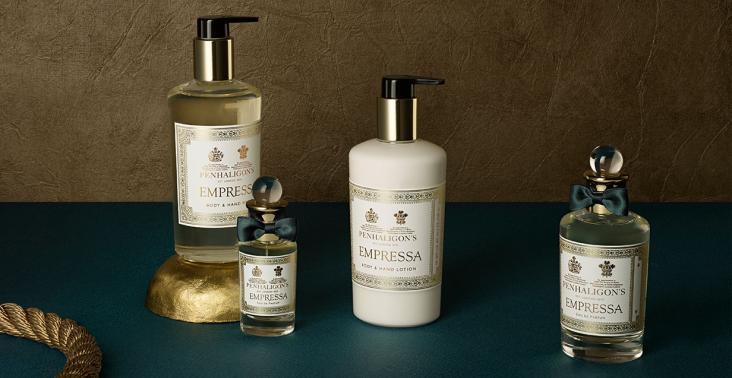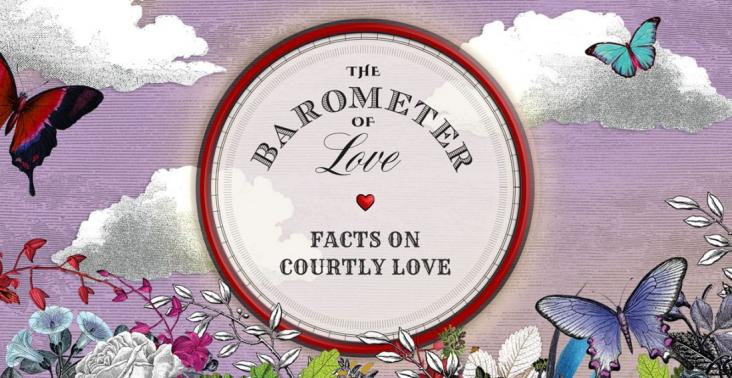EXPLORING THE DESERT: AN INTERVIEW WITH FANNY BAL
Penhaligon’s sits down with the perfumer of one’s newest scent, Penhaligon’s AlUla, to discuss the inspiration behind the fragrance.

Penhaligon's was delighted to take a moment with Fanny Bal, the nose behind our latest fragrance. Bal is one of the leading perfumers in the world, with over 80 fragrances to her name – including Penhaligon's own The Omniscient Mr Thompson. Now, we explore distant desert lands with Bal and talk through the creation of Penhaligon's AlUla.
How did you come to pursue a career in perfumery?
I’ve been fascinated by scents for as long as I can remember, so when I discovered it was possible to make a career out of it, I became obsessed with the idea of making that dream come true. What’s so powerful about fragrance is that you’re creating something which has the potential to positively impact people; they make people feel happy, beautiful, strong, self-confident. They also have the power to take someone on an intimate journey, touching their emotions and memories.
What words of wisdom would you have for anyone who wanted to pursue a career in perfumery?
Perfumery is an art and, as with any art, creativity and structure complement each other. For me, it’s also about perseverance: it’s a continuous process of inspiration, invention, and reinvention. That’s one of the great lessons I learned during my mentorship with master perfumer, Dominique Ropion. Speaking of mentorship, being a perfumer is also about transmission so when you learn from the greatest, you feel the desire to, one day, transmit this exceptional art to others.

What was your starting point when creating Penhaligon’s AlUla?
AlUla [the ancient Arabic city] is known for being a huge mecca for incense, thus I wanted the scent to reflect that. I put incense at the centre of Penhaligon’s AlUla, then sculpted the scent around that – much as men carved AlUla many years ago.
What do you find so inspiring about AlUla?
AlUla brings together so many different aspects of history that it’s a jewel in its own right. Time has stood still here, and it’s a land with many magnificent historic monuments that bear witness to the skill and creativity of mankind. It used to be an important point along the Incense Trade Route, which meant it also became appealing thanks to the wide variety of spices and other scents sold at markets.
What makes incense so alluring? Why has it stood the test of time?
Incense has long since played a strong role in history and religions. Its fumes opened the paths to gods and were a symbol of power and abundance. For those reasons, it was traded all over the world for years and years; it’s a scent that is almost in all our DNA. It’s also at the core of perfumery: there’s something quite mystical about incense that transports you out of your daily routine.
What does incense add to a scent?
Incense, derived from wood resin, has a complex structure with a fresh start followed by a resinous, warm drydown. In scents, it adds depth and sparkling notes at the same time.
How is the oil extracted?
Is it a difficult process? Olibanum oil is extracted from the resin of the Boswellia carterii tree by hydro-distillation. The olibanum resinoid MD is extracted from the same resin, then distilled again to purify the product. The second distillation brings out the warm, spicy, balsamic facets.
Is there anything else you'd like to share about making the fragrance?
When creating Penhaligon’s AlUla, I truly felt like an explorer wandering the sandy landscapes of the Trade Routes. I tried to embody the contrasting facets of AlUla itself, where the historic and the modern live together harmoniously, captured by blending the woody notes with incense.
If you could create a scent based on any location in the world, where would it be and what would it smell like?
I’ve always been fascinated by the Uyuni Desert in Bolivia. The immensity and the natural beauty of the salt deserts is something wondrously unique. I’d create a salty, musky fragrance, playing with the different effects of light in the desert. And I’d like to capture notes that would illustrate the blurred line between earth and sky.










